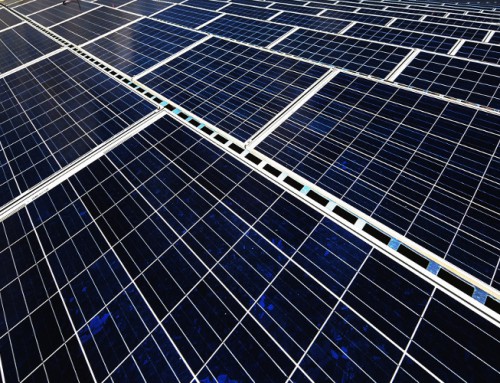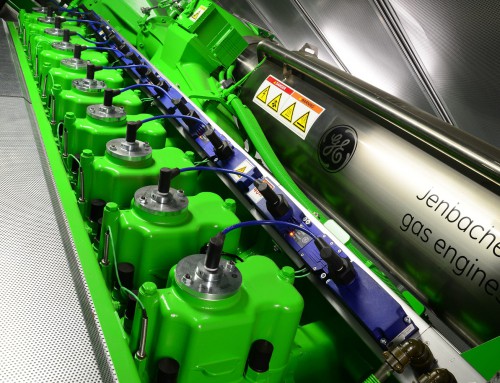Project Description
Architectural Energy Surety – Integrated Microgrids
Primary challenges in responding to the solicitation were, 1) designing architectural energy surety with visually pleasing walkway canopies while remaining cost-competitive, and 2) synchronizing phased roofing replacement work with rooftop solar array installation. PowerSurety staff participated in the extensive 3-D CAD canopy design process, rooftop array layouts, Leadership in Energy and Environmental Design (LEED) planning, equipment selection and sourcing, bid pricing, construction management, system commissioning, and start-up.
The extensive PV arrays are among the GSA’s five largest installations and produce energy that earns solar renewable energy certificates (RECs) that are sold to the local utility and credited on GSA’s utility bill. As the result of a significant design effort that led to optimizing rooftop coverage and module orientations, GSA benefits from a greater quantity of REC credits than the original system design would have been capable of generating.
Project requirements also included assisting GSA in preparing for initial building certification under the U.S. Green Building Council’s (USGBC) LEED Existing Buildings (EB) 2.0 program. In addition to the PV arrays, the project also included a new high efficiency roofing system and electrical system upgrades to improve building energy usage and efficiency. Recycled rubberized paver “bricks†were also used as landscaping elements of the canopied walk-ways, which additionally augmented LEED points. In its entirety, the project was instrumental to GSA in its accumulation of points sufficient to successfully qualify the campus for the LEED EB ranking.
The entire PV system’s design was based upon a multiâ€purpose 235-watt monocrystalline solar module with a 25â€year limited manufacturer warranty on power output. The estimated annual energy production of the rooftop and canopy PV systems was estimated initially at >1,101,046 kWh. Design modifications incorporated during pre-construction increased production output on some portions of the project by 20%. Each PV system is interconnected to the respective building on the 480V side of the building substation with solar metering and controls interconnected to the existing building supervisory control and data acquisition (SCADA) system further enhancing the architectural energy surety.







